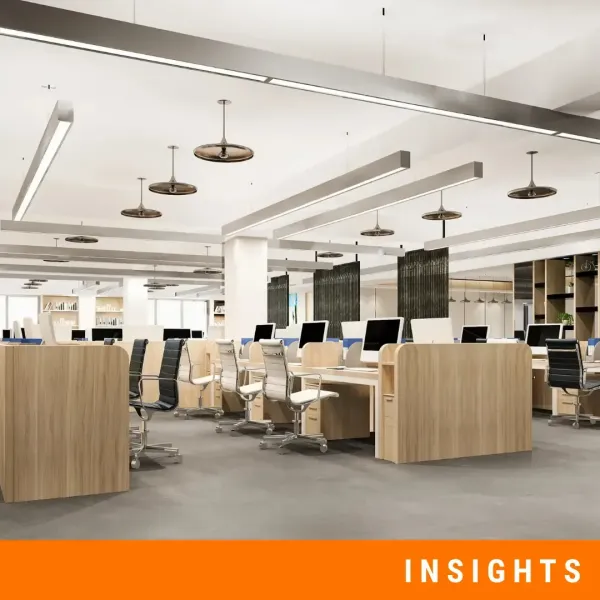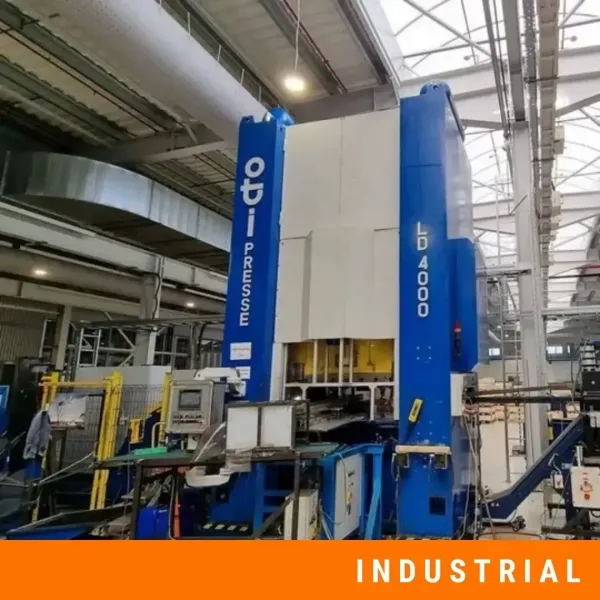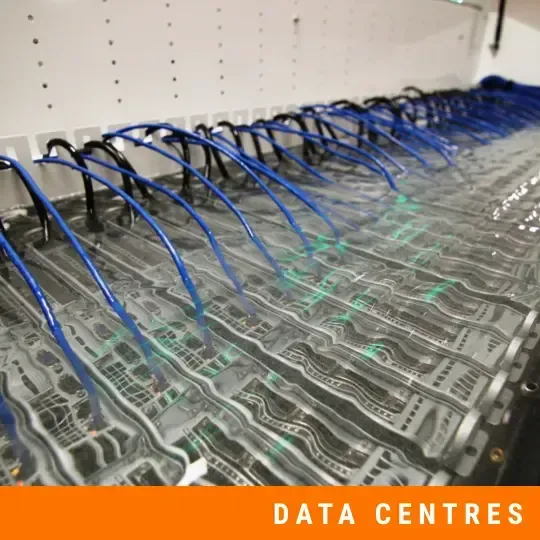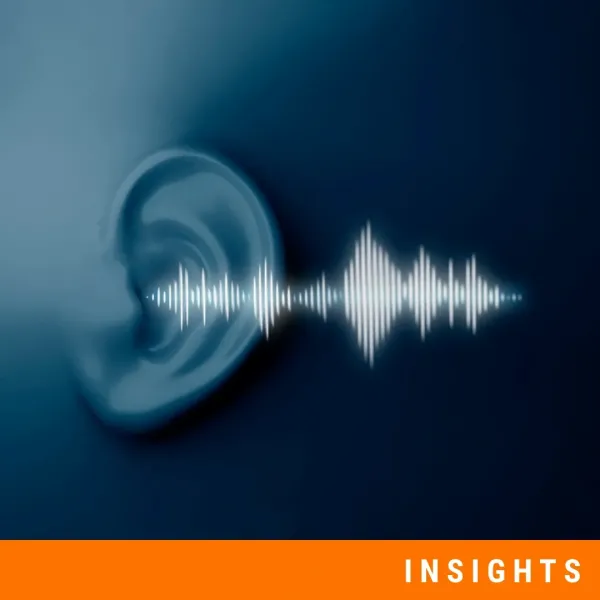Acoustic Challenges in Biotech and Pharmaceutical Labs
Biotech and pharmaceutical laboratories are designed to operate daily with extreme precision. Every sample, measurement, and result depends on controlled conditions. Yet one factor is often overlooked in lab planning, and that is acoustics. Noise and vibration are more than a distraction; they can interfere with sensitive equipment, disrupt sterile environments, and affect the health and focus of employees.
As laboratories quickly adopt complex machinery, the risks associated with uncontrolled noise become bigger by the day. From centrifuges to ventilation systems, sound sources are everywhere. They also impact reaches far beyond comfort, and addressing acoustic challenges is essential for labs aiming to meet strict regulatory standards and maintain reliable performance.
Why Acoustics Matter in Biotech and Pharmaceutical Labs
In laboratories, sound is an important factor that shapes the quality of research and the well-being of staff. Biotech and pharmaceutical facilities are filled with equipment that produces continuous background noise. For example, noise coming from air-handling systems to centrifuges. This noise can raise exposure levels that can affect staff concentration in the long term if it is left unaddressed.
Another critical aspect is compliance. Noise regulations across Europe, the UK, and the United States set clear exposure limits to protect workers. Failure to address acoustic challenges not only endangers staff health but can also put facilities at risk of regulatory breaches. For laboratories operating in highly competitive and strictly regulated markets, acoustics are a foundation of safety and compliance.
Common Sources of Noise in Labs
Each laboratory has a different set of acoustic problems based on its layout, equipment, and location. Effective soundproofing and noise control begin with identifying the main sources of noise. The main sources of disruptive noise and vibration in biotech and pharmaceutical labs are a few types of infrastructure and equipment.
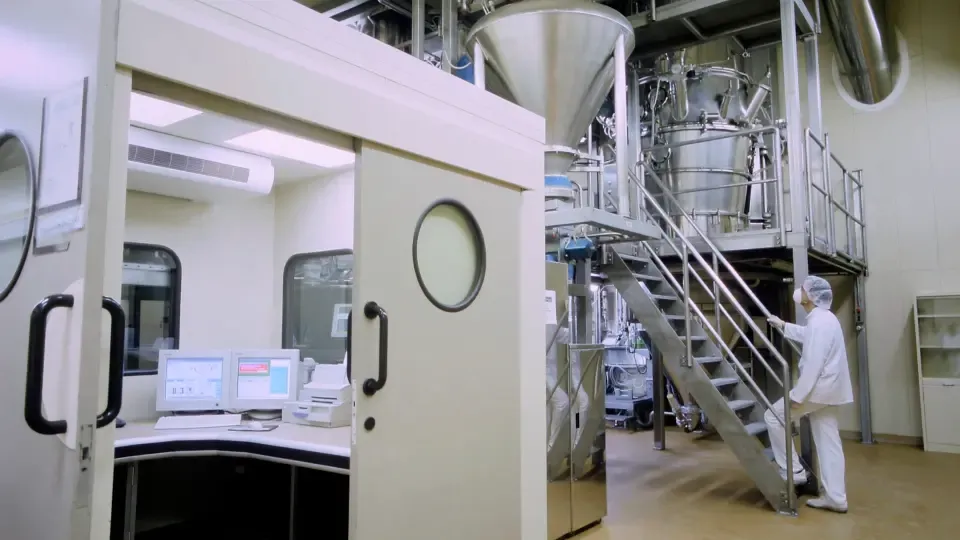
HVAC and Ventilation Systems
In addition to producing continuous low-frequency noise, heating, ventilation, and air conditioning systems are necessary for preserving sterile surroundings. Mechanical vibration and the sound of moving air can significantly increase background noise levels. louvres and silencers are ideal for labs that require strict air quality control because they help lower ventilation noise without compromising airflow.
Centrifuges, Pumps, and Compressors
Although these machines' high rotation rates and mechanical action create both airborne noise and structure vibration, they are essential for processing samples and assisting with laboratory activities. Untreated vibrations have the potential to disturb devices nearby by passing through walls and floors. Effective ways to isolate heavy machinery and stop vibration from spreading throughout the building are DECIBEL SMR Spring Mounts systems.
Fume Hoods and Biosafety Cabinets
Fume hoods and cabinets protect both staff and samples, but the fans and motors inside them generate a continuous hum. In shared lab environments, this adds to the overall noise burden and can make communication more difficult. Installing sound-absorbing elements such as PZP™ acoustic panels lowers reverberation and keeps noise levels manageable in adjacent workspaces.

External Building Noise and Vibrations
Many laboratories are located in busy areas or near industrial zones where external noise is constant and unavoidable. Traffic, construction, or neighbouring machinery can all get in the way of lab operations. Acoustic doors, such as the PM series, provide reliable isolation from external sources, making sure that interior spaces stay stable and quiet for important tasks.
Acoustic Impact on Lab Operations
Noise that is left unaddressed in laboratories does more than create an uncomfortable environment. It influences the accuracy of procedures, the efficiency of staff, and the ability of a facility to meet strict regulatory standards. For biotech and pharmaceutical labs, these impacts can have serious consequences, from invalid test results to non-compliance fines.
Sensitive Equipment Accuracy
Modern instruments such as spectrometers, electron microscopes, and balances require vibration-free conditions. Even subtle background disturbances can lead to unreliable readings or repeated testing.
- Risks: inaccurate results, wasted samples, and longer testing cycles.
- Solutions: anti-vibration systems such as SMR Spring Mounts and floating floors stabilise equipment and maintain precision.
Staff Performance and Concentration
Laboratory staff spend long hours in controlled environments. Elevated background noise makes it harder to concentrate, communicate, and remain alert. Over time, this contributes to fatigue and stress, which increases the likelihood of human error.
Here, acoustic absorption solutions such as PZP™ panels and Echo Wall systems improve the indoor soundscape, helping staff remain focused and productive.
Regulatory and Compliance Risks
Noise control is also a matter of compliance. Occupational exposure regulations set strict limits on permissible sound levels:
- EU Directive 2003/10/EC regulates worker noise exposure across member states.
- UK Control of Noise at Work Regulations define employer obligations for protecting staff.
- OSHA standards in the US establish permissible exposure limits (PELs).
Health and Well-being Data
Noise exposure has noticeable effects on the health and performance of lab staff. Constant exposure to high sound pressure levels triggers the body’s stress response, raising cortisol and adrenaline levels. Studies show that this can lead to high blood pressure, a weaker immune system, and long-term health risks such as cardiovascular disease. A study found that noise annoyance directly correlates with raised cortisol levels, demonstrating how perception of noise impacts health directly.
The World Health Organisation recommends keeping continuous background noise in patient-care areas below 35 dB(A) during the day and 30 dB(A) at night, with peaks no higher than 40 dB(A).

Acoustic performance is one of the most important parts of every biotech and pharmaceutical laboratory. Noise and vibration affect the accuracy of instruments, the safety of staff, and the ability of facilities to meet strict compliance standards.
Effective noise control needs to combine insulation, absorption, and vibration isolation using solutions. Each of them plays a role in minimising noise and keeping laboratories compliant with international regulations.
Contact DECIBEL to make sure your laboratory achieves the highest standards of noise control and acoustic performance.
